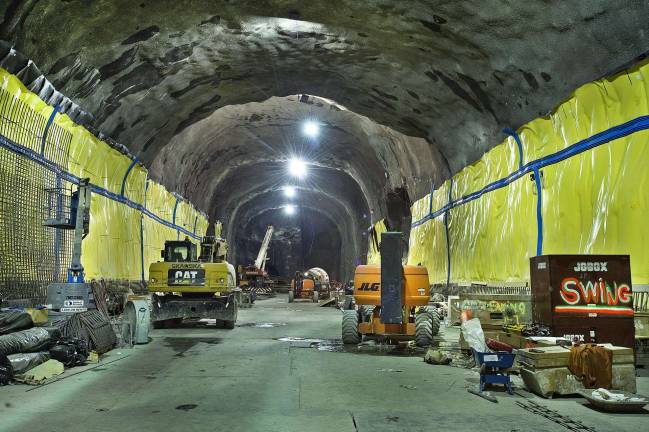The subway and real estate prices Ask a broker

For commuters tired of crowding onto the overstrained Lexington Avenue line (the only subway currently serving the Upper East Side), and especially those living east of Second Avenue, the new “T” line is extremely welcome news. The first phase of the Second Avenue Subway, which will eventually run 8-1/2 miles from 125th Street to Hanover Square, is scheduled to debut by the end of 2016.
Traditionally, properties east of Second Avenue have had real estate values that were reflective of a much longer walk to the nearest subway stop. Adding time onto your morning commute, especially amidst inclement weather, was a serious consideration for buyers and ultimately put downward pressure on market values.
The question now: Is it the right time to buy an apartment, sell, or wait until the project’s completion? The real estate market behaves in much the same way that the stock market does in that prices go along with perception. (For example, you may see great news come out on a company, only to see its stock fall in the next trading session. This is because the price bump was already built into the expectations of news that has now come to fruition.) Real estate values surrounding the anticipated completion of the ”T” line may just follow suit.
With the help of a very recent analysis from Gabby Warshawer at data provider City Realty, some new insight is now available. As a sample, they focused in on three “T” line stops on the Second Avenue Subway — 96th Street, 86th Street and 72nd Street (part of the first phase slated to be open in late 2016). There are 39 condo and co-op buildings around these three stops. Prices west of Third Avenue on the Upper East Side are still much higher than on the blocks near the stops: $2.5M compared to $1.3M, or 98% higher. Average prices in these areas are 34% higher than in other Upper East Side buildings east of Third Avenue.
So what does this tell us? It tells us that the opening of the Second Avenue Subway is affecting the psychology of both buyers and sellers and the search for a finite value regarding proximity to this new convenience for throngs of Upper Eastsiders, has yet to be determined.
Neighborhoods that will certainly see a significant lifestyle effect, will be residents living as far east as York and East End Avenues. A recent surge in new developments and remodels taking root in this area are counting on the imminent opening of this long awaited convenience.
Doug Singer is a founding partner of Singer New York Real Estate